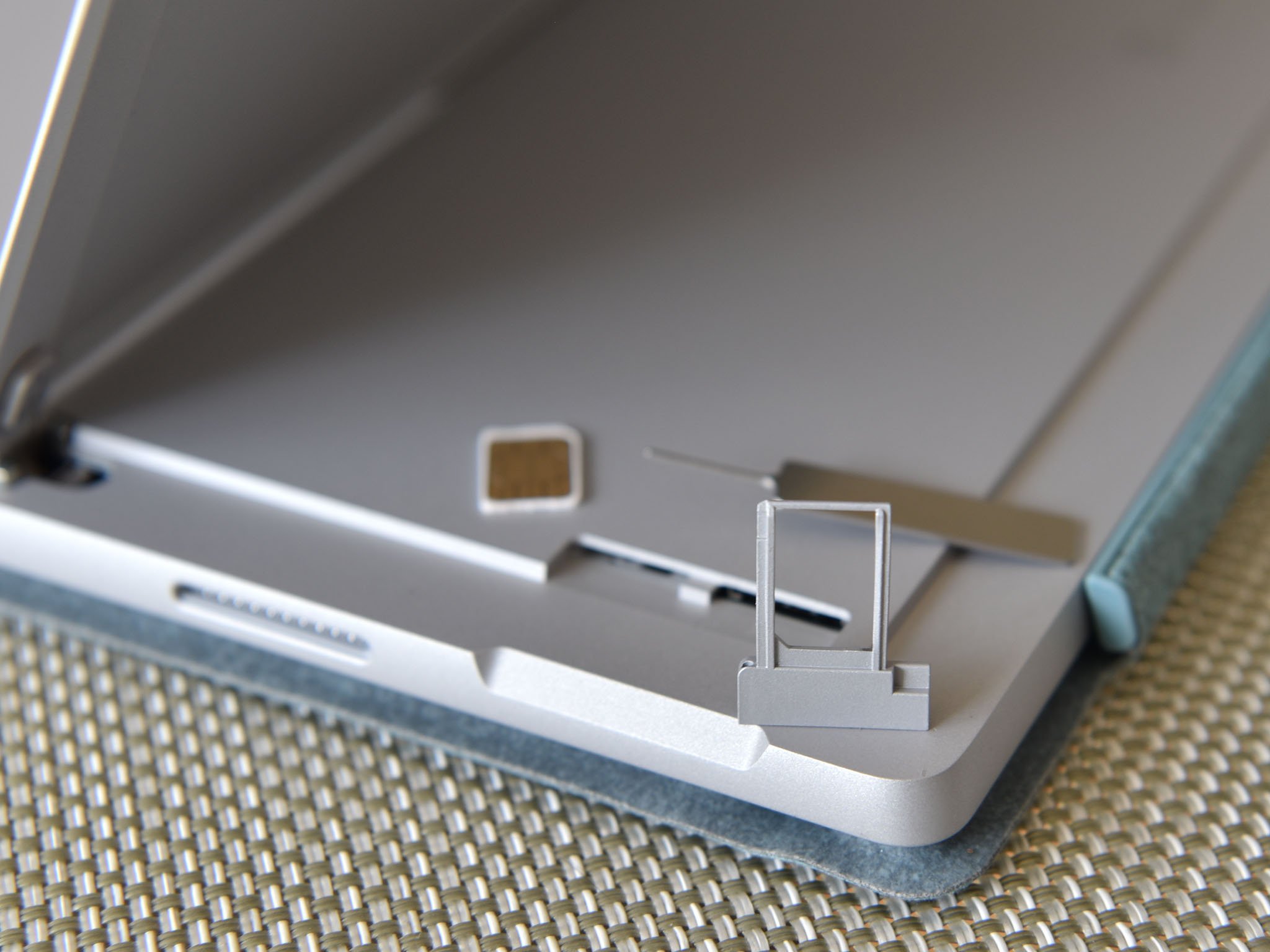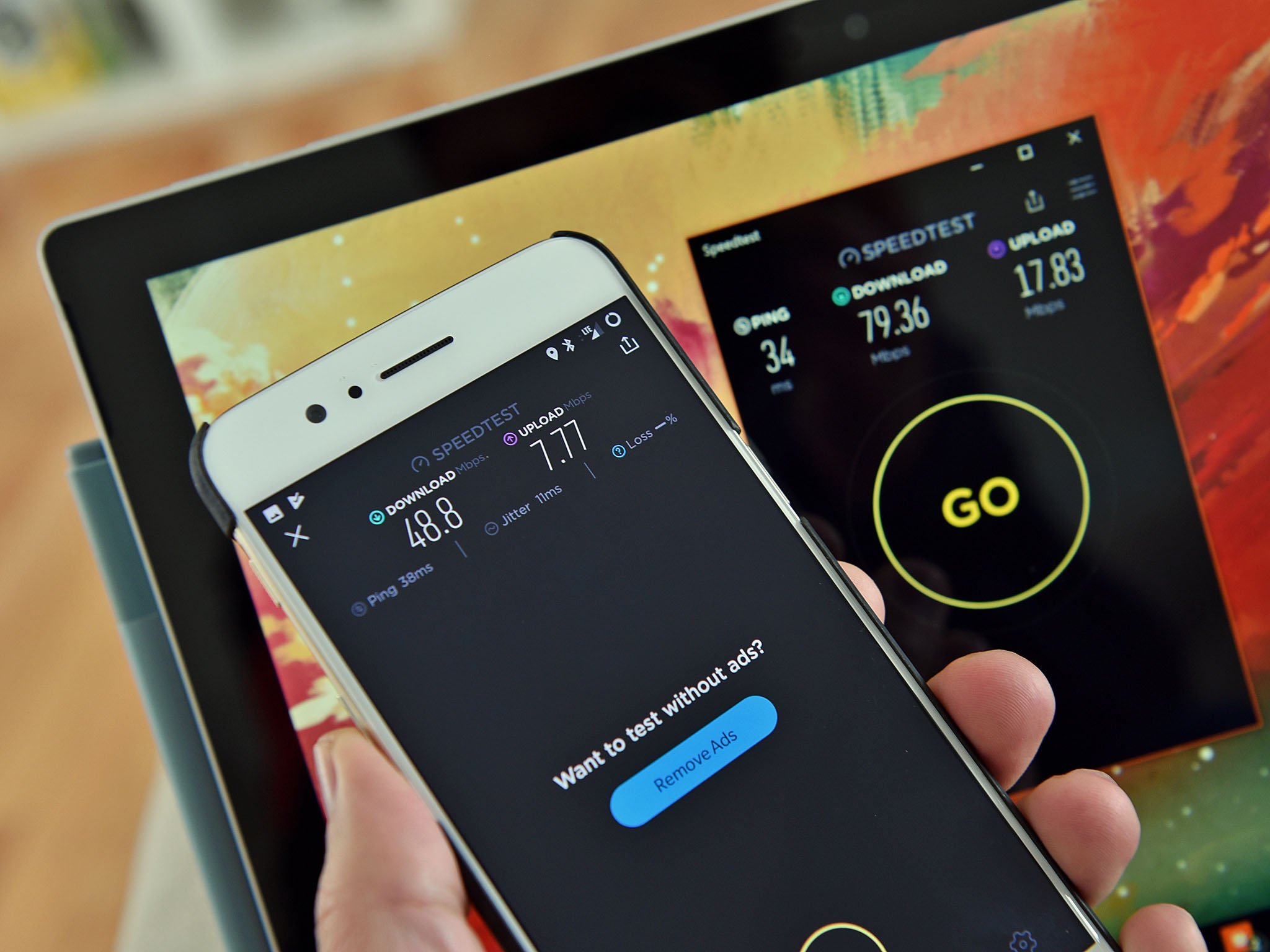Cellular voice could be the next step in merging phones and PCs
Always Connected PCs have begun to blur the lines between phones and PCs even further. Adding voice to these eSIM-equipped devices may be the next step to merging the overlapping computing and communication paradigms.

In 2016 Microsoft and Qualcomm announced Windows 10 on ARM. The achievement promised to make traditional PCs of current and future form factors more like smartphones in relation to battery life, constant connectivity and being always-on. (This is in conjunction with other always connected PC solutions). The overarching message here is the evolution of the PC in relation to making computing via Windows a natural part of the cellular roadmap. Smartphones have evolved in the opposite direction, from simple voice-equipped "cellular native" devices to complex pocket computers with telephony.
Cellular infrastructure, much of it defined by Qualcomm's technology, powers the always-connected smartphone and communication paradigms of data and voice to which we have grown accustomed. Windows PC computing began as a "disconnected" experience that slowly gained a "connected" role over the years via wired and Wi-Fi solutions. Still, both a technological and perception distinction between the two computing platforms remained. Our collective mindsets have long accepted that there is a chasm between "always connected mobile computing" and "sometimes connected PC computing." Some have even argued that eSIM-equipped always connected cellular PCs are irrelevant or unneeded because we have Wi-Fi and tethering.
The issue, however, isn't about just having connectivity which Wi-Fi and tethering provides. It's about how PCs with secure and consistent connectivity as part of the cellular roadmap potentially impacts the evolution of computing and communication. Combined with 5G and edge computing eSIM-equipped always-connected PCs with voice may be the next step in merging the progressively overlapping PC computing and telephony-powered communication and computing paradigms.
Windows 10, consumer choice and changing paradigms
Always connected PCs use eSIM or, embedded SIM, technology. eSIM, like traditional removable SIM (Subscriber Identity Module) cards identify and connect a mobile device on a network. Unlike SIM cards eSIMs can be remotely provisioned to work with another carrier. In other words, consumers don't have to physically go to carrier stores to switch SIM cards when they switch carriers. In relation to ACPCs users can currently switch between data plans and carriers virtually on the fly directly from the Microsoft Store on Window 10.
Additionally, eSIM allows multiple devices to share the same plan and phone number. Currently, eSIM-equipped Apple Watches can share an iPhone's phone number. China Unicom's pursuing similar implementations of sharing phone numbers across multiple eSIM devices. This addresses concerns about adding another plan when using connected devices like ACPCs and smartphones. The long view for this technology is that eSIM will allow a host of connected devices from cars to a cat's collar to share the same data plan.
In the short term eSIM-equipped ACPCs, Windows 10 and consumer choice, are beginning to put pressure on carriers to be more competitive about their data packages and to rethink the current carrier-based model. Earlier this year, for instance, Sprint offered free data to consumers who bought an ACPC from them. PCs on the cellular roadmap are already impacting telecoms and how they offer data packages, which historically favored the carrier-phone-centric model.
As eSIM becomes more popular in smartphones, which are essentially pocket PCs, and eSIM-equipped ACPCs grow in the market as the type of Windows PCs many users choose, sharing a plan across multiple devices will likely become the norm. Carriers will likely be compelled to push such plans to remain competitive. These shifts that are beginning to happen around data and cellular PCs are reshaping the carrier-consumer relationship and market infrastructure that will also accommodate voice plans if voice comes to PCs.
All the latest news, reviews, and guides for Windows and Xbox diehards.
Why Microsoft's mobile future may depend on eSIM
PCs with voice are still PCs
Voice plans coming to PCs would fit well within Microsoft's current strategy. Microsoft is positioning Windows PCs as the hub for users' cross-platform digital experiences. Smartphone and PC integration through the Microsoft Graph, the cloud, Cortana, Sets and apps like Your Phone help tie users' experiences on iPhones and to a greater extent Android phones to Windows 10. Microsoft's two-fold goal is to facilitate the smooth transition of digital experiences across devices and ecosystems and to diminish in some scenarios users' interaction with their smartphone while using a Windows PC.
For instance, currently, a text message sent to a phone and shared to a PC can be answered from the PC without users ever retrieving the phone from a pocket or bag. A natural progression of this overlapping computing-communication model involves voice communication. If voice is added to cellular PCs a user while working at a PC, could potentially answer (or place) a call directly from Windows using the device's built-in microphone and speakers, or a wired or Bluetooth headset.
Microsoft's Surface Headphone's may be its most important accessory yet
Consumers' ability to choose carriers directly through Windows, Microsoft's partnership with Qualcomm and others to ensure Windows PCs become a regular part of the cellular roadmap and its investments in 5G and edge computing are forging the necessary infrastructure to help push a convergence of PC computing and voice communication. 5G will provide increased data capacity and speeds to support autonomous device-to-device, in addition to device-to-network, communication. This may help build the necessary network infrastructure for more diverse computing-communication models. This may include varying combinations of voice only or voice and video communication across computers of varying sizes and configurations from pocketable, desktop and laptop to Surface Hub-like PCs all sharing a single plan and phone number.
Shifting models

Under this converging computing-communication paradigm, data and voice plans would likely be less tied to a smartphone model since non-phone eSIM-equipped personal devices would be growing parts of the cellular roadmap. Thus, under this evolving model, in time, purchasing data and voice will likely no longer be centered around buying a smartphone and then adding other devices to that smartphone plan. As cellular Windows PCs of various sizes and form factors and other eSIM devices, like wearables grow in use, the consumer-carrier relationship will likely become even more "service-centric" rather than "device-centric."
Carriers will likely begin focusing their models and marketing on voice and data plans for all of a user's connected devices. PCs, mobile devices and even connected cars will likely be able to share the same voice and data for communication. Microsoft's investments in platform services that support connected cars, the push toward transforming the PC into a mobile, always connected device of various form factors coincides with this potential computing-communication evolution. Microsoft's Surface Andromeda digital journal which initially was to be slated as pocket PC, but maybe a larger device, still fits within this computing-communication model.
If Microsoft's goal is to support voice as part of its cellular PC vision the growing popularity of voice/video communication via screened devices may help its reception. Google's Home Hub, Amazon's Echo Show, Facebook's Portal and other smart displays are pushing "ambient" computing and communication via screened devices into the mainstream.
Moving forward

Cellular PCs with voice and a shared phone number may initially be more relevant with business users working on PCs while also fielding phone calls. However, the slowly increasing role of smart displays as communication tools among consumers sets a precedence that a laptop, PC or tablet in a home could also serve as a "smart display" and be a person's "phone" in some contexts.
Furthermore, Microsoft, its OEMs partners, and others are exploring innovative PC designs from inspirational pocketable configurations like Intel's Tiger Rapids to larger PCs. As computing and communication continue to overlap, creative and form-shifting hardware will likely accommodate more diverse communication scenarios than we are accustomed to under the current phone-centric slate device model.
One thing is certain; nothing remains the same and change is inevitable. And voice coming to cellular PCs could add a dimension to the computing-communication paradigm that further merges PCs and phones.

Jason L Ward is a Former Columnist at Windows Central. He provided a unique big picture analysis of the complex world of Microsoft. Jason takes the small clues and gives you an insightful big picture perspective through storytelling that you won't find *anywhere* else. Seriously, this dude thinks outside the box. Follow him on Twitter at @JLTechWord. He's doing the "write" thing!

